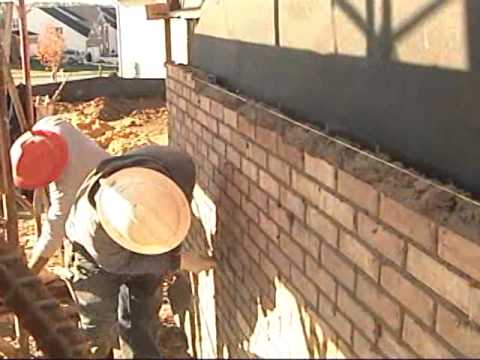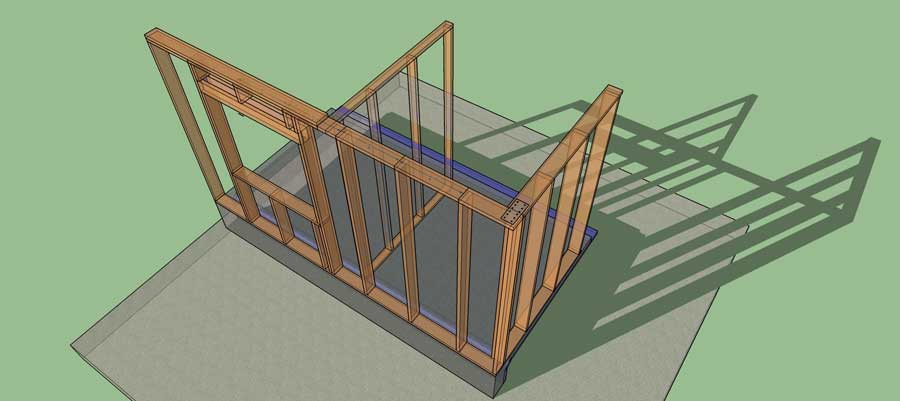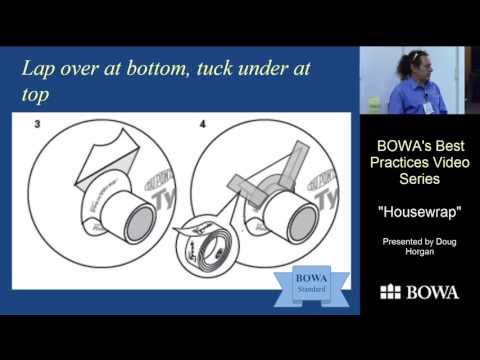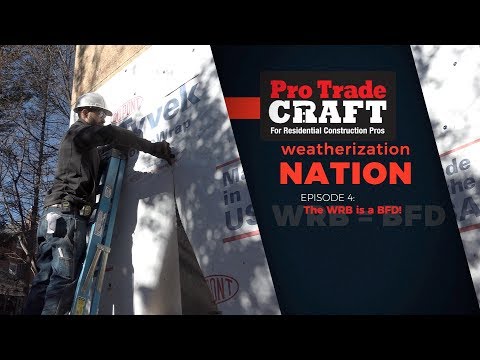For the past 25 years, this house has had bulk water problems, IOW, liquid water leaking into everywhere. Literally.
There was no water management in the construction details, just 'good-enough' workmanship with a "Can't see it from my house" attitude.
OK, maybe it wasn't intentional sabotage, but it is certainly professional malpractice.
The construction scenario:
- No weather-resistive barrier
- No air barrier
- "No nothing"
OSB corners provided shear bracing and the balance of the wall sheathing was asphalt-impregnated sheathing like Celotex or 1/2 inch polyisocyanurate foam panels.
The retrofit repair:
Remove sheathing that is not structural and replace it with structural sheathing.
Wherever Celotex sheathing was used, cavity insulation between the studs was skipped. S-K-I-P-P-E-D.
Batt insulation was used behind the polyiso panels, but that added a vapor barrier on the inside of the wall. Combined with the vapor barrier of polyiso's foil facing, this assembly is akin to a "plastic diaper" on the wall. (Jake said it, not us.)
After replacing the nonstructural sheathing with structural OSB, which is vapor permeable, Jake covered the walls with a paint-on WRB made by Prosoco (Cat 5 and FastFlash).
As part of the resheathing process, they remove the windows, slope the sills, add back dams, seal with liquid flashing, and reinstall the windows with the flanges bedded in FastFlash.
The Cat 5 air and waterproof barrier is vapor open, which will allow the wall to dry toward the outside.
EXPLAINER SIDE BAR:
This is especially important in retrofit situations where there may be a plastic vapor barrier just behind the drywall as was common in many parts of the US before moisture movement through houses was well understood.
Plastic vapor barriers are meant to stop vapor diffusion, which means water molecules pushing their way through absorbant building materials, like drywall, wood, and some insulations.
However, this is not primarily how water vapor moves through walls. Water vapor moves mostly on air currents whistling through leaks driven by pressure differences.
Next in the assembly is a rainscreen, 3/8-inch strapping in this case. The 3/8-inch cavity allows liquid water to drain and air circulate, which will dry the assembly.
This also extends the life of the paint on the siding, so the owners
Summary (building science in a nutshell):
- Cheap construction is expensive
- Walls should not wear diapers
- Plastic vapor barriers are a bad idea everywhere except in very cold climate zones.
- A belt and suspenders are better than either one alone for emergency situations.











